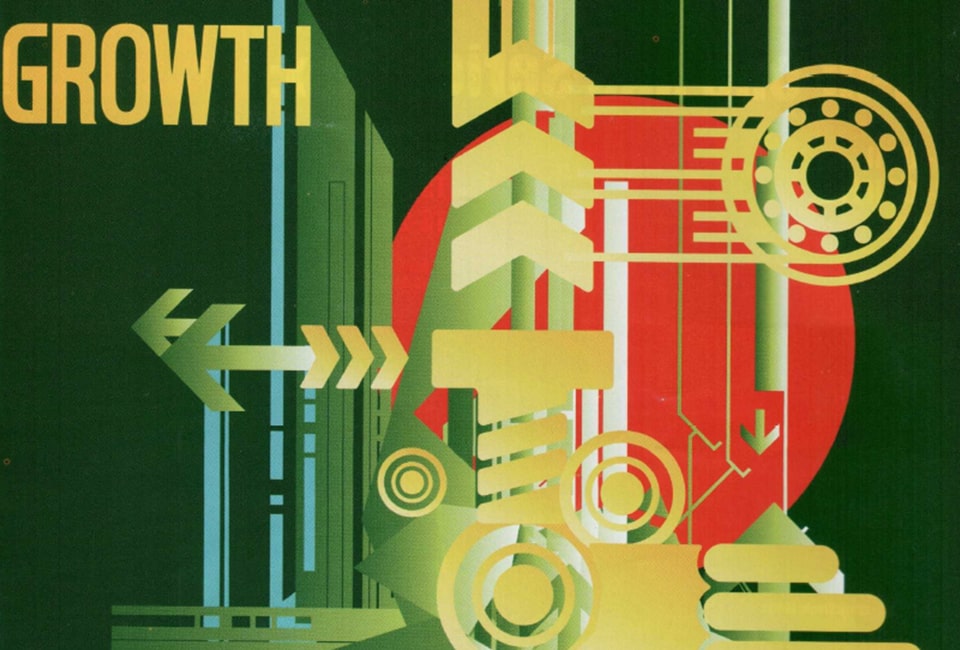Streamlining purchases with iDempiere ERP
By Zeeshan Hasan
(First published in the November 2011 issue of CIO magazine, Bangladesh edition)
It is easy to manage purchases in a small company. The management can easily see what sales orders are coming in, whether enough stock is present to deliver those sales orders, and take steps to purchase whatever goods are short. However, once a company becomes larger than a single production location, it becomes more difficult to do the above. With physical separation of purchase, production and sales activities, the communication of sales orders, inventories and shortages that are required for efficient purchase becomes a problem. Any communication gap is likely to result in too much stock being wastefully purchased, or in a raw materials shortage which causes production delays and lost customers. This is the point at which ERP (Enterprise Resource Planning) software becomes a necessity. ERP software is an integrated business software designed to bring all the above departments together and help them to work in a coordinated way. In this article I will use the term ERP mainly with reference to the features of the iDempiere community-supported open-source ERP system, since that is what is used at my company (Kazi Farms, Bangladesh's largest poultry producer).
There is a simple logical method which ERP systems use to ensure efficient purchase. The initial requirement of raw materials is justified in any ERP system by a link to a sales order for finished product. The link between finished products to be sold and raw materials to be purchased is integral to the system; each finished product which needs to be delivered is defined as a list of component raw materials, referred to in the system as a Bill Of Materials (BOM). Thus, by ordering sales orders by delivery date and then calculating the associated raw materials required from the BOM, an ERP system can estimate raw materials requirements at any moment in time. Since inventories in all locations are also in the system, purchase orders can also be generated from the system to meet the requirements of sales. All of this, in fact, is not even ERP but MRP (Manufacturing Resource Planning), which was developed in the 1960's and 70's as a means of coordinating purchases, inventories, manufacturing and sales. MRP software evolved into modern integrated ERP by the addition of accounting and budgeting features into the basic sales, production and purchase cycle.
From the above, it is apparent that ERP is particularly useful to an organization which is trying to systematize its operations through Sales and Operations Planning (often referred to as SOP). The idea is that sales orders should justify and drive purchases, thus ensuring that unnecessary purchases are minimized. Indeed, SOP is one of the “best practices” built into ERP software; this is why ERP is usually implemented in a large company at the instigation of a management consultant, since it is usually a management consultant who is pushing for implementing a practice such as SOP. The benefits from ERP implementation usually come from aligning often-disorganized company business procedures along logical and established best practices such as SOP.
The above is the standard Sales and Operations Planning story which often forms the justification of ERP implementation; but it is in fact not applicable to all industries and businesses. For example, Kazi Farms is in the livestock business; and it is almost impossible to implement any kind of meaningful SOP in the livestock business. This is because the production process is a live animal with a natural live-cycle that limits how quickly any change in production can happen. Even if sales orders increase or decrease, livestock production is fixed in the short term as flocks which are in production will continue to produce until age reduces their productivity, regardless of any fall in demand. Likewise, immature flocks cannot be matured more quickly and be made productive ahead of schedule regardless of excess demand. So what benefit was there in implementing ERP in Kazi Farms?
As it turns out, even without Sales and Operations Planning there are many benefits to ERP. Any properly configured ERP software helps to bring management control and transparency to an organization regardless of whether or not SOP is implemented alongside the ERP. For example, in any purchase department a logical sequence of activity becomes essential to ensure that the right items are purchased at the right time without wasting money on excess inventory. At the same time, there should be appropriate checks and balances built in to the purchasing system to ensure that management has approved purchases where required. Transparency of operations is helped immensely by the fact that ERP forces all departments to use the same system; no department, purchase or otherwise, can “hide” information from other interested parties, particularly accounts, audit and top management.
The truth is that in a growing organization that has rapidly increased in size from one or two persons to many, there are often practices in the purchase cycle which can be improved. For example, a basic problem which Kazi Farms had in the Pre-ERP days was that storekeepers in many locations were continuously requisitioning items to be bought by the centralized purchase department. The problem was that, without a networked, multi-location inventory system, there was no way for the purchase department to verify whether the requisition could be fulfilled by transferring excess existing stock from another location. This is true for most organizations which have no ERP; inventory in different locations is only known a few times a year when a physical inventory is done. The rest of the time, the purchase department doesn’t have enough information at its disposal to avoid unnecessary purchases. This result is that purchase managers have no choice but to purchase whatever is requisitioned, and lose the opportunity to save money by transferring and reducing excess stocks.
Once an ERP is implemented, the purchase department continuously gets to see a live figure for all inventories at all locations. This allows management to implement many policies which would otherwise be difficult, for example setting high levels and low levels for each inventory item in each location. A high level could raise a flag telling the purchase department that they should try to move the excess item to a different location where it is more likely to be utilized; a low level alerts the purchase department to plan a purchase quickly, and possibly pro-actively reminding the location manager that their stock is low. Once the basics of multi-location live inventory are enabled by ERP, companies can actually try to implement further cost-cutting initiatives like Lean manufacturing / Toyota Production System / kanban, all of which focus on reducing waste and unnecessary stock.
Of significance to many Bangladeshi companies is that ERP can also help to reduce corruption by enforcing discipline in the purchase cycle; this arises because the ERP automatically maintains a paper trail for audit purposes. Once the purchase department receives a requisition, there is a series of steps it has to go through; first, it has to create a Request for Quotations document, which ensures that all suppliers get the same specifications against which to quote prices. The suppliers have to give bids, which can be stored in the system. The system can even be configured to automatically issue purchase orders to the lowest-bidding supplier once the bidding is completed. All of these steps are required to be followed if a purchase department is to function in accordance with best practices and be easily audited; however, without an ERP it is often difficult in a large organization to check if all the above are being followed for every purchase. Once the ERP system is in place, the system itself can alert the purchase manager and the audit department if (for example) there is only one bid stored against the Request for Quotations, alerting everyone that there may be a problem with that purchase.
ERP allows many further refinements of the purchasing process; for example, what is the approval process for large purchases? Usually there is a requirement for higher level approval than just the location management. ERP systems allow for customizable “work-flows”, meaning that different users can be assigned permissions to approve particular requisitions; without the approval, the item cannot be purchased. Furthermore, the date of the requisition being raised in the location, the date of the higher authority approval and the date of the final purchase by the purchase department are all stored; this allows for identification of where delays are occurring and rectifying them.
The basic rule in any organization is that you can only improve what you can measure; by recording minute details of the purchase procedure, ERP give organizations unprecedented scope for improving it. Since purchase is the basic generator in cost for manufacturing organizations, this can translate to significant savings and higher profits.




